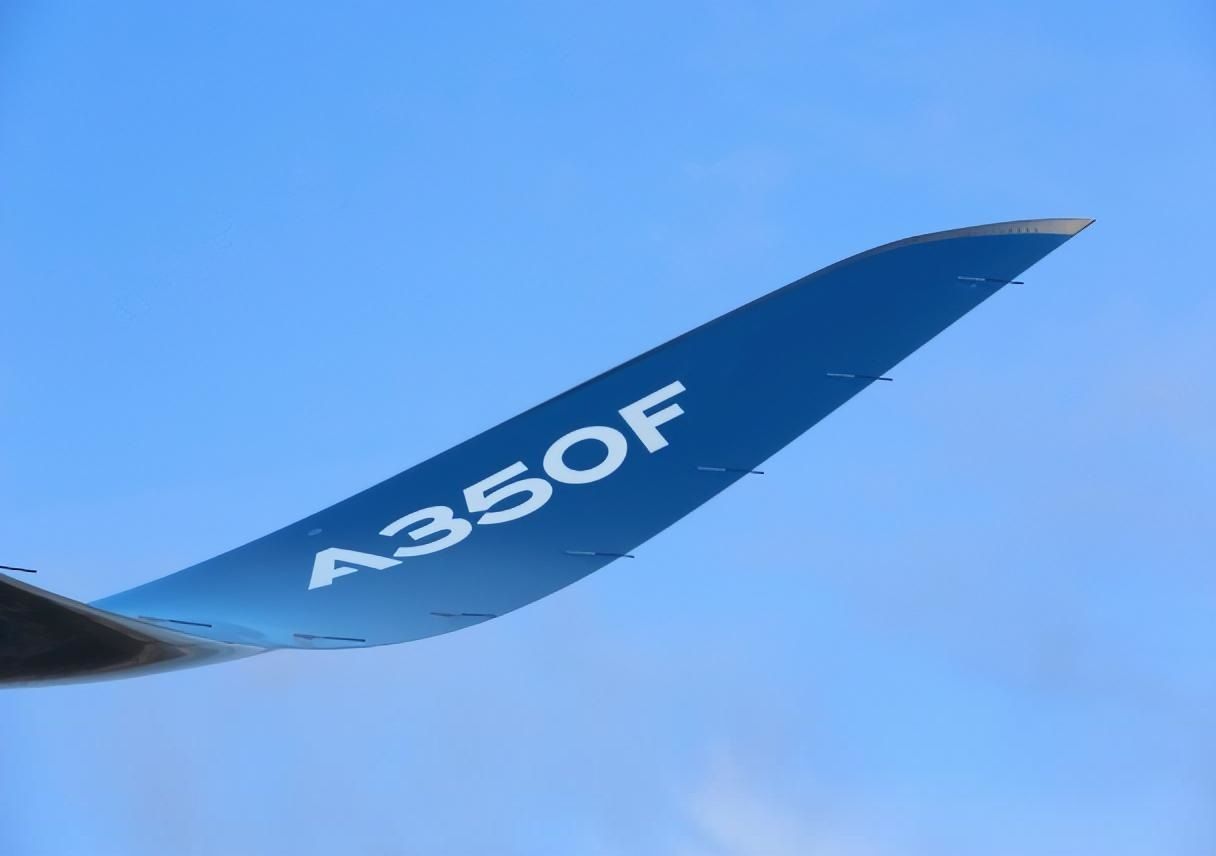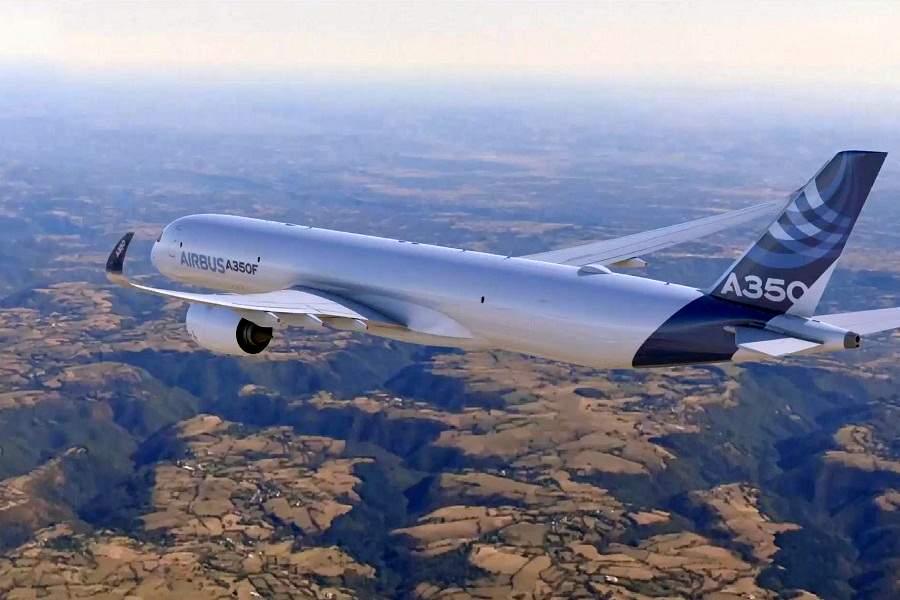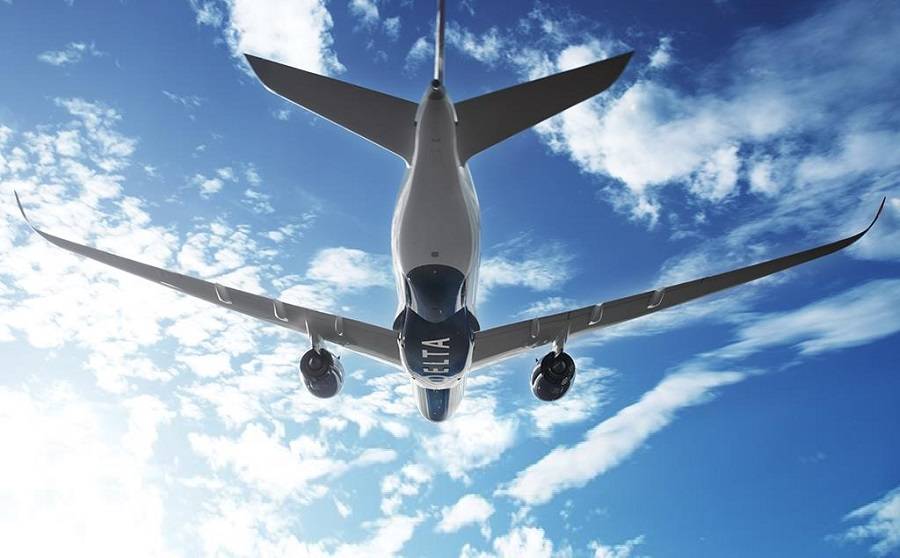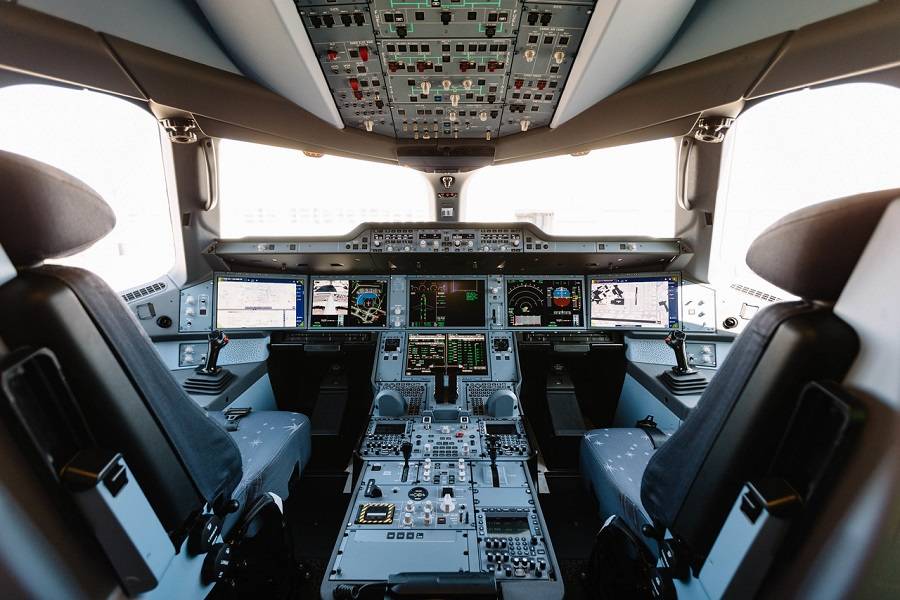Could the A350F become the first widebody commercial aircraft that will routinely fly with a single pilot in the cockpit? Airbus thinks so!
The news of a launch customer for the A350F freighter variant at the Dubai Air Show was big. So big, in fact, that a comment that would have otherwise stirred a hornet’s nest, barely registered. It came from no less than Airbus CEO Guillaume Faury. It related to the possibility that the A350F could lead the way into single pilot operations. Faury said:
“…the freighter business might be a good candidate for entry into service of single-pilot operations (SPO) and that really makes sense. Yes, the 350 is a good candidate for being the first in kind to get this because of the sophistication of the fly-by-wire and flight control system. And yes, the freighter will probably be the right place to enter it into service, although we are not directly connecting freighter and SPO.”

A350F – Single Pilot Or Reduced Crew Operations?
That Airbus has been throwing around this idea, isn’t news. Already in June, we reported that the manufacturer was talking about it with a number of airlines. Interestingly, none of these airlines was particularly keen to showcase their involvement. Of course, now we know that Airbus was also discussing the A350F freighter, so single pilot operations likely were part of that.
We have previously discussed these “reduced crew operations”. To be clear: these flights will have two pilots on board, not one. But they will be long-haul operations, that now need three or four pilots. So the idea is that both pilots would be in the cockpit during takeoff and landing. But during cruise, they’ll take turns flying the plane, with one of them resting elsewhere.

Airbus is pointing out that the technology in the A350F makes it a good single pilot aircraft candidate. And this is a key factor here – the technology will be hard to apply to older types. And this, in turn, is why our previous article focused on the cost-benefit analysis, of having a single pilot in a cockpit.
Simplistically put, with most cargo operators relying on converted freighters, switching to a single-pilot, all-new aircraft fleet, will take decades. The economics making these converted freighters attractive to operators, will save them far more money than what they’d save by having one less pilot! However, new freighters like the A350F will come, and so could single pilot operations.

The A350F, Single Pilot Operations And Pilots’ Own Views
In all honesty, this author comes from a business background. And that partly explains the cost-benefit focus you saw in the previous “single-pilot/reduced crew ops” article. Obviously, actual pilots have very different concerns, regarding single pilot operations, as Airbus describes them for the A350F. The Airline Pilots Association (ALPA) in the United States recently published an article on the matter.

ALPA’s article focuses on what it takes to fly an aircraft. It describes the Pilot Flying and Pilot Monitoring roles, in the cockpit of a commercial airliner. Pilots divide their roles clearly, not only in work-intensive phases of flight but at all times. And while most critical moments of the flight are known, emergencies could come at any time.
ALPA quotes an interesting FAA study. This shows that only 1 in 10 flights conforms to the originally entered plan in an aircraft’s flight management system. But there is another FAA statistic that could have a bigger effect on a launch of single pilot operations, in a plane the size of the A350F.

Incapacitation
This is a comparison of the effects of pilot incapacitation between different flight categories. What we normally think of as airline operations are Part 121 category operations and require two pilots. Charter-Type operations in the US fall under Part 135. These operations can be single-pilot, depending on the aircraft type.
The FAA listed 32 occurrences of pilot incapacitation in Part 135 (Charter-type) operations. They, unfortunately, resulted in 32 fatalities. The NTSB attributed all of them to single-pilot operations. ALPA state that under Part 121 (airline) operations, no pilot incapacitation occurrences have led to a fatal accident. The FAA lists 51 such cases, all resulting “…in a normal recovery of the aircraft by the other pilot”.

Some believe that single pilot operations, starting with the A350F, could be the answer to the pilot shortage. But this doesn’t hold a lot of water – not for the coming decade or two, at least. Pilot shortage projections involve current aircraft orders – all for aircraft having two pilots in the cockpit at all times.
In all likelihood, the biggest challenge is what ALPA describes. The A350F has a greater degree of automation than other airliners, making single pilot operations potentially easier. And the same could be true of other future aircraft designs. But Airbus and other manufacturers would need to prove that such operations are safe, in all eventualities. And that, plus public confidence in such flights, could take much more time.



